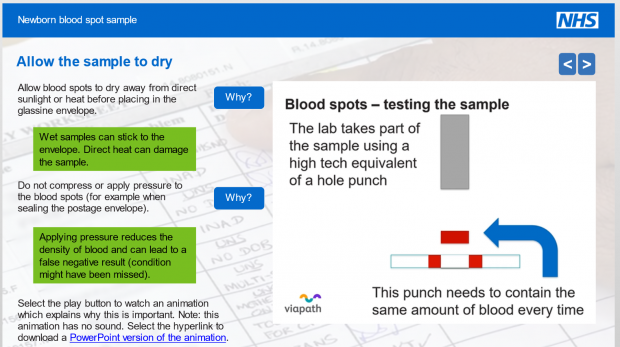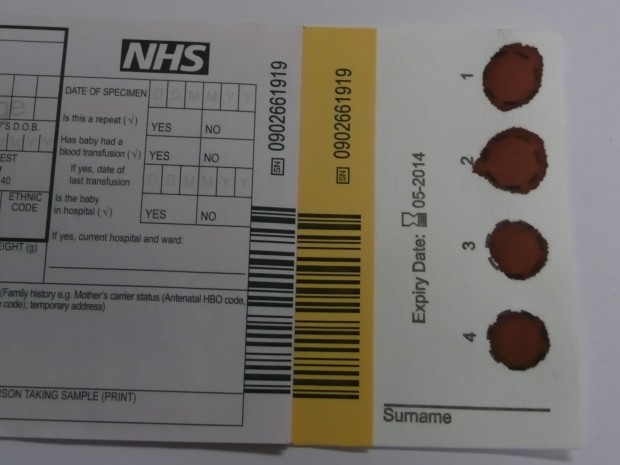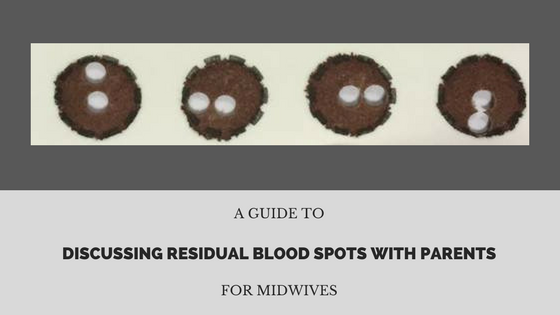Avoiding delays in newborn blood spot sample delivery over Easter

How to prepare for possible delays in delivery of newborn blood spot samples over bank holidays.
Lucy is Project Lead for the NHS Newborn Blood Spot Screening Programme, based in London. Since joining the programme in 2011, she has worked on a wide range of projects including the development of new standards, policies and professional and patient information. Lucy’s background is in biology and science publishing and she completed an MSc in Health Policy in 2014.

How to prepare for possible delays in delivery of newborn blood spot samples over bank holidays.

PHE's newborn blood spot programme manager has praised her 'inspirational' colleague Professor Jim Bonham for his well-deserved MBE.

Over the past few months we’ve been carrying out a minor review of the 2017 newborn blood spot (NBS) standards. We’re now at the most important stage – the point where we ask for your views. We’re launching a consultation …

We’ve launched a new e-learning module on blood spot screening samples that explains what could happen if a baby has a poor quality sample. Check it out today!

We’ve updated our guidance on offering newborn blood spot (NBS) screening to movers in under a year of age without available results.
The guidance is changing because 3 out of the 4 UK countries now offer NBS screening for all 9 conditions recommended by the UK National Screening Committee (UK NSC).

...to complete screening. The screening laboratory stores them for a minimum of 5 years. Laboratories use residual blood spots to check screening results, for testing equipment or methods, and for...

...find out if they’re at risk of having a baby with sickle cell disease or thalassaemia major, which are serious inherited blood conditions. This gives parents time to consider the...
Guests from more than 35 countries gathered in the sunshine in The Hague for the 9th International Society for Neonatal Screening (ISNS) conference.
Public Health England (PHE) existed to protect and improve the nation’s health and wellbeing, and reduce health inequalities. It closed on 30 September 2021 and this blog is no longer updated.
Find out more about the implications for health screening in our Changes ahead for the national screening system blog article.
If you want to stay in touch with screening evidence and policy news, you can subscribe to the UK National Screening Committee blog.